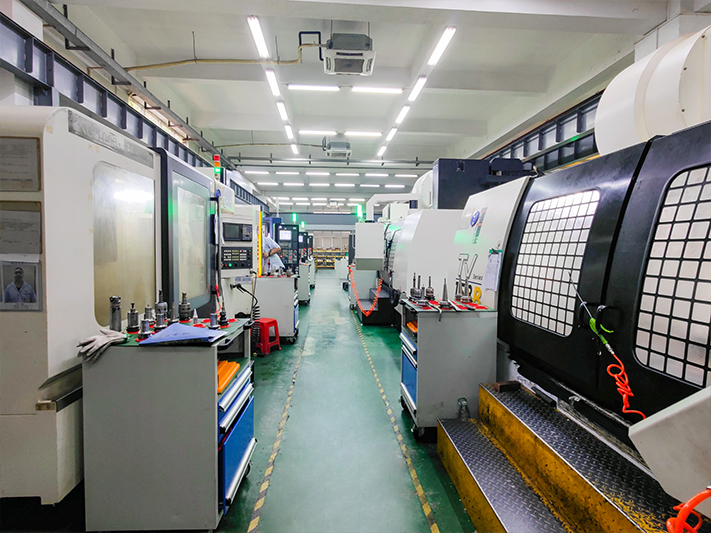What are the structural components of injection molds?
Injection mold is a key tool for the production of plastic products, it is composed of mold base, fixed plate, slider system, mold core and mold cavity, ejector system, cooling system, nozzle system and other 7 parts, each part has a specific function.
The following is a detailed introduction to the 7 parts of the injection mold structure:
(1) Mold base: Mold base is the basic part of the injection mold, which supports and fixes the entire mold structure. Usually made of high-quality alloy steel, it is strong and rigid enough to withstand the pressure and extrusion pressure during injection molding.
(2) Fixed plate: The fixed plate is located above the mold base and is used to fix the various parts of the mold. It is usually made of high-quality alloy steel with sufficient strength and rigidity to ensure the stability and rigidity of the mold during injection molding.
(3) Sliding block system: The sliding block system is used to achieve the formation of complex product structures and internal cavities. It includes sliding block, guide post, guide sleeve and other parts, through sliding or rotating way to achieve the opening and closing of the mold and movement. The slider system requires high accuracy and stability to ensure the accuracy of the shape and size of the product.
(4) Mold core and cavity: Mold core and cavity are the most important parts in injection molds, which determine the shape and size of the final product. The mold core is the internal cavity part of the product, while the mold cavity is the external shape of the product. The mold core and cavity are usually made of high-quality tool steel or high-speed steel, and have been precision machined and heat treated to improve their hardness and wear resistance.
(5) ejector system: ejector system is used to ejector the molded product from the mold. It includes ejector rod, ejector plate and other parts, through the ejector rod movement to achieve the product ejector. Ejector systems need to have sufficient strength and stability to ensure the ejector effect and productivity of the product.
(6) Cooling system: The cooling system is used to control the mold temperature to ensure the molding quality and production efficiency of the product. It includes parts such as cooling channels and cooling devices, which absorb heat in the mold by circulating cooling water. The cooling system needs to be properly designed to ensure uniform cooling of all parts of the mold to avoid stress and deformation.
(7) Nozzle system: The nozzle system is used to inject the molten plastic into the mold to achieve the molding of the product. It includes a nozzle, nozzle tip and other parts, by controlling the opening and closing of the nozzle and the flow of molten plastic to achieve the injection molding of the product. The nozzle system needs to have good sealing and wear resistance to ensure the normal injection of plastics and the quality of the product.
In addition to the above main structural components, the injection mold also includes some auxiliary parts, such as positioning pins, threaded rods, springs, etc., to assist the positioning, adjustment and movement of the mold. These parts play an important role in the injection molding process and need to have sufficient strength and precision to ensure mold stability and production efficiency.
In summary, the structural composition of the injection mold includes the mold base, the fixed plate, the slider system, the mold core and the mold cavity, the ejector system, the cooling system and the nozzle system. Each component has a specific function, and together complete the injection molding process of plastic products.
Post time: Oct-16-2023

